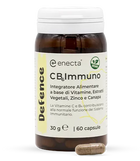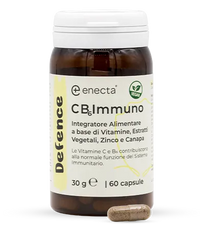Cannabidiol (CBD) is one of the many compounds found in the cannabis plant. Its popularity has grown over the years, and manufacturers are selling a large variety of cannabidiol products, such as tinctures and oils. While many people tend to interchange the terms “CBD tinctures” and “CBD oils,” they are different products. Although both of these products are similar and share many benefits, their composition and extraction process differ.
The main difference between the two is the CBD extraction method. For oil, carbon dioxide is used in the extraction process, and for tinctures, they use alcohol. In this article, we will explore some more differences between the two. Like their many benefits, and how to choose and use the products.
Differences Between CBD Oils and Tinctures
CBD tinctures and oils are similar, they both contain CBD derived from hemp or other plants found in the cannabis sativa family. Although, there are some differences when it comes to the extraction process.
For CBD oil, manufacturers use heat and pressure and the carbon dioxide method to separate CBD from the plant. This is considered to be the most efficient, environmentally safe, and quickest way to extract the substance.
When it comes to creating CBD tinctures, the process involves soaking cannabis in alcohol and then slowly heating the mixture. By doing this, the alcohol becomes infused with CBD, and then it is boiled or diluted.
With these two different extraction methods, manufacturers end up with two similar but different products. CBD oil contains cannabidiol that is suspended in a carrier oil. While CBD tinctures are glycerin or alcohol-based.
Generally speaking, oils tend to contain a higher potency of cannabidiol, while tinctures will have a longer shelf life. In addition to these differences, users can apply CBD oil to the skin or ingest them orally, while it is not advisable to use the tincture form of CBD on the skin.
How to Use CBD Oils
Cannabidiol oil is most effective when taken sublingually. This is when you place a few drops or a full dropper, depending on your required dose, underneath your tongue and holding it there for around 30 seconds. Many capillaries that lead directly to the bloodstream are found under our tongue, and this is why you place CBD oil there.
The molecules of the oil are absorbed through these capillaries and into the blood without having to be broken down or metabolized. Taking CBD oil sublingually allows the substance to get into the body faster because it doesn’t need to work its way through various bodily systems.
Pure CBD oil can also work as a topical, or in other words applied directly to the skin. Although, when applied topically, CBD oil will not enter the bloodstream. You will have to use a liberal amount, and it will be absorbed through the pores of the skin and be able to interact with nearby receptors.
Experts normally suggest that users take 1-2 servings of CBD oil per day, typically once in the morning and again before bed. There is no way to determine the amount of oil you will need to ingest without experimenting first. It’s best to start with an oil with a lower percentage of CBD. Your physical condition and purpose of using cannabidiol oil will play a role in how much you will need to take to reach your desired results.
How to Use CBD Tinctures
CBD tinctures are going to be used the same way you would use CBD oil, sublingually by placing a few drops or a full dropper underneath your tongue and holding it there for around 30 seconds to absorb into your bloodstream.
However, CBD tinctures are not a good choice when it comes to topical application, in other words, placed directly onto your skin. This is due to the additional elements found in tinctures that make it a better choice for oral ingestion. You can also place a few drops into food or drink, and even use tinctures for cooking.
Like CBD oil, 1-2 servings per day is the typical suggestion for how frequently you should take it. You will also have to experiment with tinctures to figure out what dose works best for you and your specific needs. It’s always best to start with smaller amounts and work your way up until you start noticing the results that you are looking for.
Now that you know the main differences between tinctures and oils, you can decide as to which option will be best for you. If you like having the choice of taking it orally under the tongue or applying it to specific areas of the body that cause you pain, CBD oil is the way to go. If you are looking for something that is going to primarily be taken orally, either sublingually or mixed into food or drink, tinctures may be a better choice for you.
































